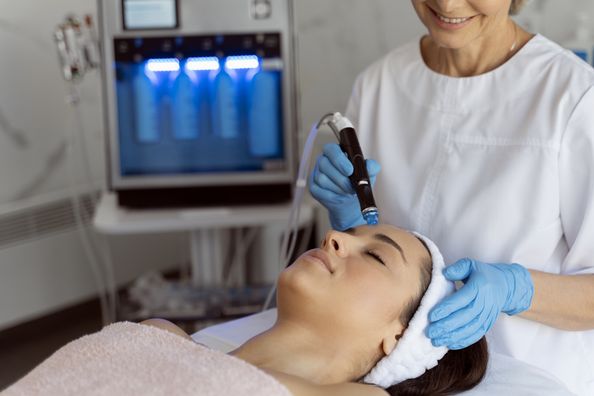Normal hair loss is considered to be 100 to 150 strands per day. If you experience a higher amount of hair loss, you may have male- or female-pattern hair loss. There can be many causes of hair loss including physical stress, pregnancy, certain prescription medications, vitamin deficiency, autoimmune disorders and hereditary causes. Platelet-rich plasma (PRP) hair treatment is a natural, proven way to promote hair growth in certain types of hair loss.
The Treatment
PRP hair treatment involves your provider taking a sample of your blood so they can extract its plasma. Supernatant plasma, plasma rich in platelets, is created after your blood is spun in a centrifuge that separates out the blood. The plasma is then injected into your scalp in the areas experiencing hair loss or thinning. The procedure takes about 30 minutes and can take about three to six months before you begin to see results. Some patients may require additional sessions based on their desired outcome.
The Science
PRP treatment was originally used to treat muscle injuries because of its ability to stimulate muscle growth and healing. PRP then became widely used in hair restoration as it also promoted growth and healing, except within hair follicles.
When plasma is isolated from the other parts of the blood, platelets become more concentrated1. The rich level of platelets in the plasma encourage cell growth when injected into the scalp. PRP also increases blood supply to hair follicles by repairing blood vessels near the injection site to promote hair growth.
If you’re experiencing abnormal hair loss, PRP treatment may benefit you. To find out if you are a good candidate for PRP, you can schedule a consultation with one of our doctors online or by calling your local DMGAesthetics.
Health Topics:







